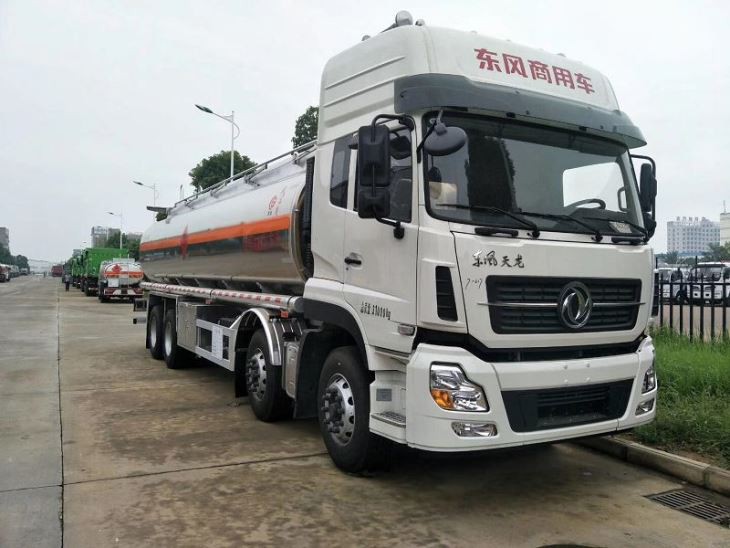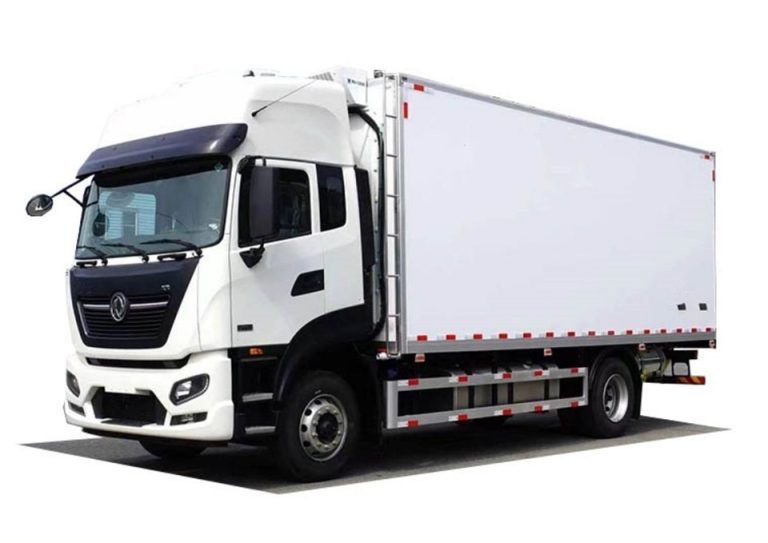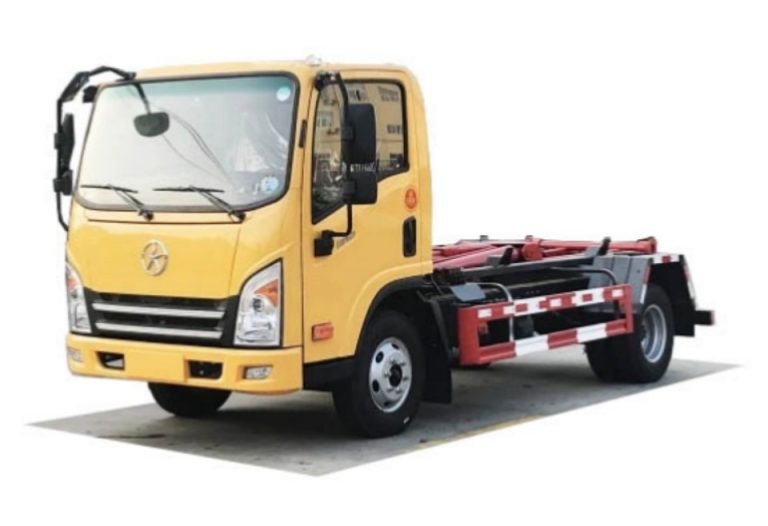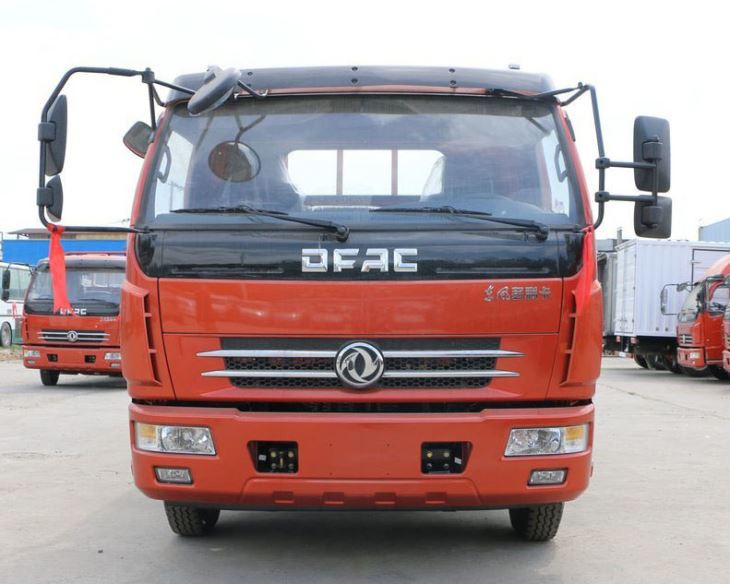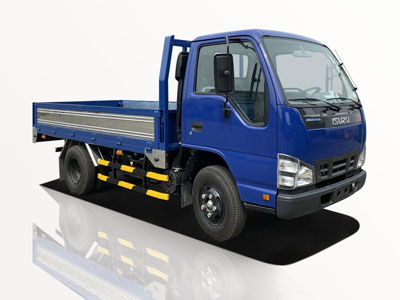When it comes to managing heavy loads, a truck rear lift is an essential tool for efficiency and safety. Whether you’re a fleet manager, a contractor, or an everyday truck owner, understanding the various aspects of truck rear lifts can greatly enhance your loading and unloading processes. In this comprehensive guide, we will delve into what a truck rear lift is, its types, advantages, features, and practical examples to help you make informed decisions.
What is a Truck Rear Lift?
A truck rear lift, often referred to as a tail lift, is a platform that can be raised or lowered at the rear of a truck. This hydraulic or electric device is designed to assist in loading and unloading heavy items safely and efficiently. It’s commonly used in delivery trucks, cargo vans, and any vehicle that regularly transports heavy goods.
Types of Truck Rear Lifts
Hydraulic Rear Lifts
Hydraulic rear lifts use fluid power to raise and lower the lift platform. These systems are known for their strength and reliability, making them suitable for heavy-duty applications. Hydraulic systems can be controlled manually or automatically, providing versatility based on user needs.
Electric Rear Lifts
Electric rear lifts operate using motors powered by the vehicle’s battery. These lifts are typically easier to operate and require less maintenance compared to hydraulic systems. They are ideal for lighter loads and are often used in urban delivery scenarios where speed and efficiency are crucial.
Mechanical Rear Lifts
Mechanical rear lifts utilize a system of pulleys and levers to lift the platform. While they may not have the lifting capacity of hydraulic or electric lifts, they are simple and cost-effective solutions for light to medium loads.
Advantages of Using a Truck Rear Lift
Improved Safety
Truck rear lifts significantly reduce the risk of injuries related to lifting and carrying heavy items. By eliminating manual handling, these lifts protect workers from musculoskeletal injuries and accidents during loading and unloading.
Increased Efficiency
Using a rear lift streamlines the loading and unloading process, allowing workers to complete tasks faster. This increased efficiency not only saves time but also enhances overall productivity, especially in industries where time is money.
Cost Effectiveness
Investing in a truck rear lift can result in long-term savings. By improving productivity, reducing injury-related costs, and minimizing product damage during handling, businesses can enhance their bottom line.
Key Features to Consider
Weight Capacity
Understanding the weight capacity is vital. Ensure the rear lift can accommodate your heaviest loads. Most models specify a maximum weight limit, and exceeding this limit can result in mechanical failure or accidents.
Platform Size
The size of the lift platform should match the type of goods you’ll be transporting. Larger platforms may be necessary for wider loads, while smaller platforms can be more maneuverable and suitable for lighter items.
Operating Mechanism
Evaluate whether a manual, hydraulic, or electric lift best fits your needs. Each mechanism has its unique advantages and potential downsides that can affect functionality and maintenance.
Safety Features
Look for models with features like anti-slip surfaces, safety rails, and emergency stop buttons. These features enhance user safety, making loading and unloading tasks more secure.
Installation and Maintenance of Truck Rear Lifts
Installation Process
Installing a truck rear lift typically requires professional assistance, especially for hydraulic systems. The installation involves securing the lift to the truck chassis and ensuring that all hydraulic or electric connections are properly configured.
Common steps include:
- Assessing the truck’s structure for compatibility.
- Mounting the lift securely.
- Connecting power sources or hydraulic lines.
- Testing the lift to ensure proper operation before use.
Regular Maintenance
Proper maintenance extends the lifespan of your truck rear lift. Regular checks should include:
- Inspecting hydraulic lines for leaks or wear.
- Checking battery connections for corrosion.
- Examining the lift mechanism for wear or damage.
- Lubricating moving parts as specified by the manufacturer.
Practical Examples of Truck Rear Lifts in Use
Delivery Services
Many logistics companies use truck rear lifts for efficient handling of packages. For example, a courier service may utilize hydraulic lifts to quickly load and unload boxes, reducing dock time and improving delivery turnaround.
Construction Industry
Construction sites often require moving heavy materials like concrete or steel beams. A rear lift allows workers to lift materials directly from ground level to the truck bed and vice versa, improving workflow on-site.
Furniture and Appliance Moving
Moving companies frequently use tail lifts to handle bulky items like sofas and refrigerators. The lift eliminates the need for ramps, streamlining the moving process and minimizing potential damage to the items being transported.
Truck Rear Lift Regulations and Compliance
Safety Standards
Compliance with safety standards is crucial for using truck rear lifts. Depending on your location, there may be specific regulations governing lift installation and usage. Familiarize yourself with the Occupational Safety and Health Administration (OSHA) standards and local regulations.
Annual Inspections
Periodic inspections are often mandated by law. It’s essential to conduct annual checks of the lift’s mechanical components, weight capacity, and safety features to ensure it’s functioning correctly.
Choosing the Right Truck Rear Lift for Your Needs
Assessing Your Requirements
Before purchasing a truck rear lift, consider your specific needs:
- What kind of loads will you be dealing with?
- How often will you be using the lift?
- What type of truck do you have?
- What is your budget for purchasing and maintaining the lift?
Consulting with Experts
Don’t hesitate to consult with suppliers or industry experts to find a rear lift that fits your requirements. A hands-on demo can also be exceptionally helpful in determining how well a lift performs in real-world applications.
Frequently Asked Questions (FAQ)
What is the average cost of a truck rear lift?
The cost of a truck rear lift can vary widely based on the type, brand, and features. Generally, prices range from $1,500 to $5,000, not including installation.
Can I install a rear lift myself?
While some simpler models can be installed by an experienced DIYer, it’s recommended to have a professional perform the installation, especially for hydraulic lifts, to ensure safety and compliance.
How do I maintain my truck rear lift?
Regular maintenance includes inspecting components, checking for leaks, lubricating moving parts, and performing tests to ensure it operates safely and efficiently.
Are rear lifts suitable for all types of trucks?
Not all trucks can accommodate every type of rear lift. Compatibility depends on the truck’s model, weight capacity, and structure, so it’s crucial to choose a lift designed for your specific truck type.
Where can I find replacement parts for my truck rear lift?
Replacement parts can typically be obtained from the manufacturer, authorized dealers, or specialized suppliers. Ensure you have your model and serial number to find the correct components.
What is the weight limit for a truck rear lift?
Weight limits vary by model and manufacturer, but most rear lifts have limits ranging from 1,000 to 5,000 pounds. Always check the specifications for your specific model before use.
Conclusion
Truck rear lifts are invaluable tools for any business that relies on heavy cargo transportation. Whether in logistics, construction, or delivery, understanding the different types, advantages, installation procedures, and maintenance practices can significantly impact your operations. By choosing the right lift based on your needs and maintaining it properly, you can not only enhance safety and efficiency but also streamline your business processes overall.

